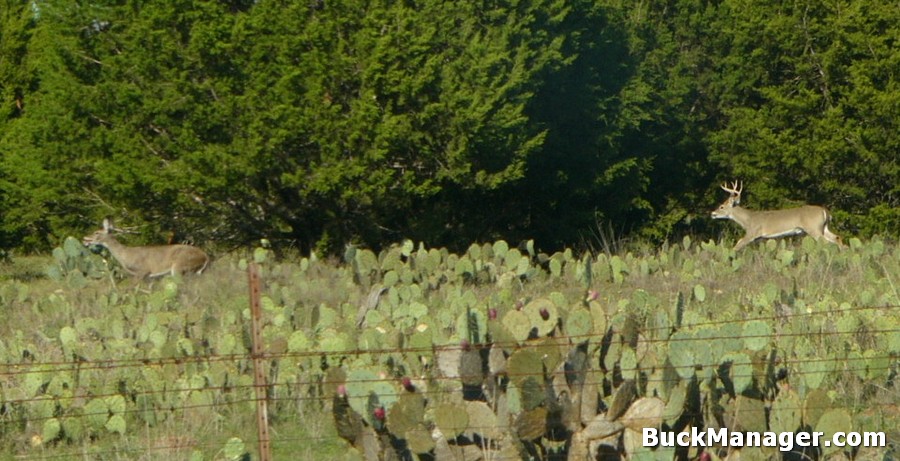What about the early and late ruts? Hunters often talk about the rut being early or late. In much of Texas at least, the breeding season for white-tailed deer is fairly predictable each year. This is the case just about everywhere there are deer, but it can vary a little. Within a specific area, habitat conditions not only affect fawn survival but can affect the timing of breeding, as well. For example, a doe in poor condition, i.e. not enough deer food, or a young doe may not enter estrus/breed until later in the season when her physical condition improves.
Additionally, a whitetail doe may be found “attractive” by bucks for about five days, but may be willing to breed for a period of only about 24 hours. In areas where there are a low number of bucks compared to does, a doe may not encounter a buck when she is first receptive to breeding so may not be bred until one of her later cycles. If a doe is not bred during her first cycle then she will come into estrus again about 28 days later.
A hunter who sees the late breeding activity may be convinced that there was a late rut. On the other hand, those who see does attended by bucks in the early part of the season believe there was an early rut. This biological reasoning helps explain the wide variety of opinions on the timing of the whitetail rut during a particular year. Although there is typically a peak, it can be ongoing. Continue reading “Rutting in Whitetail Deer – Early vs. Late”
